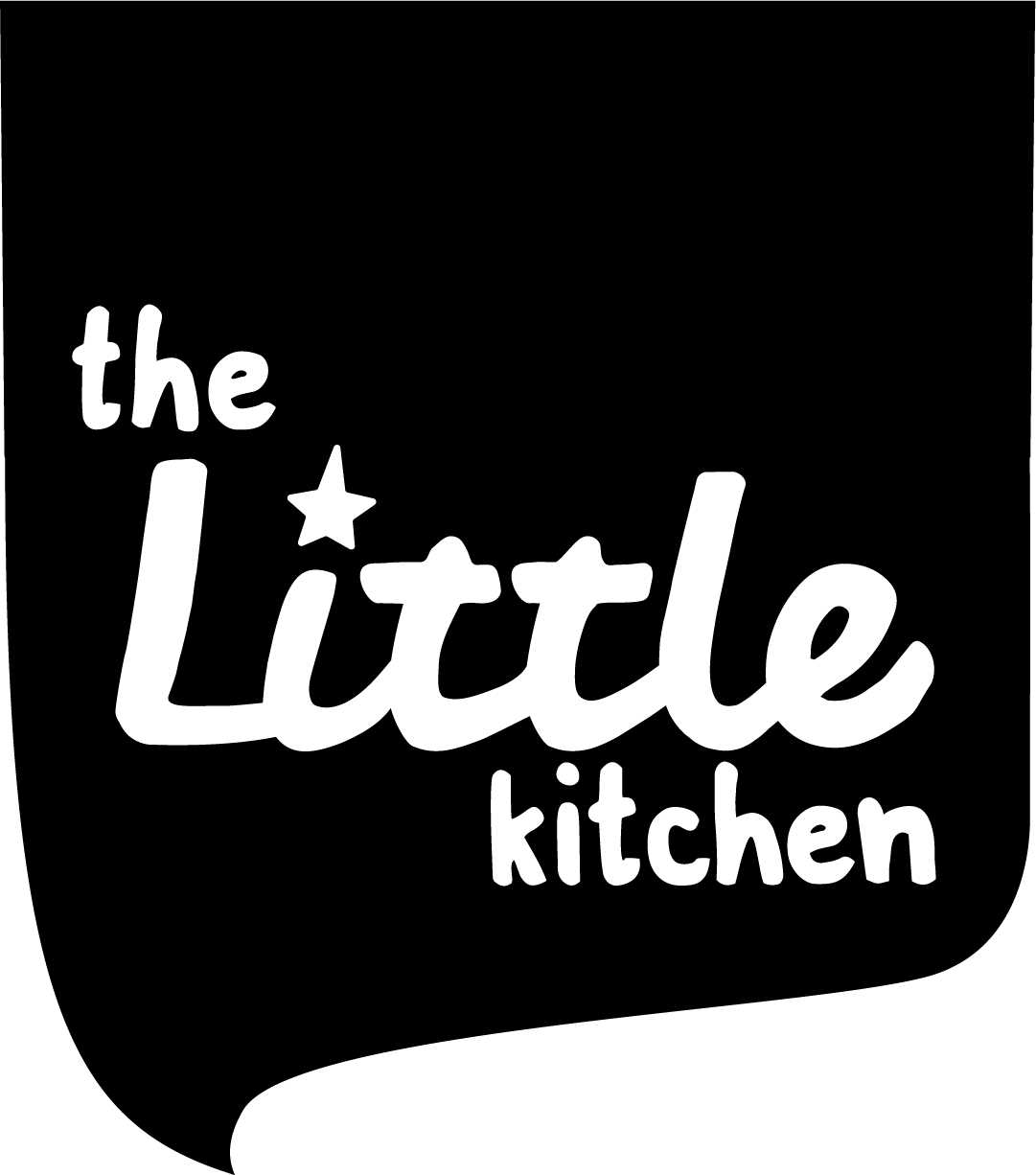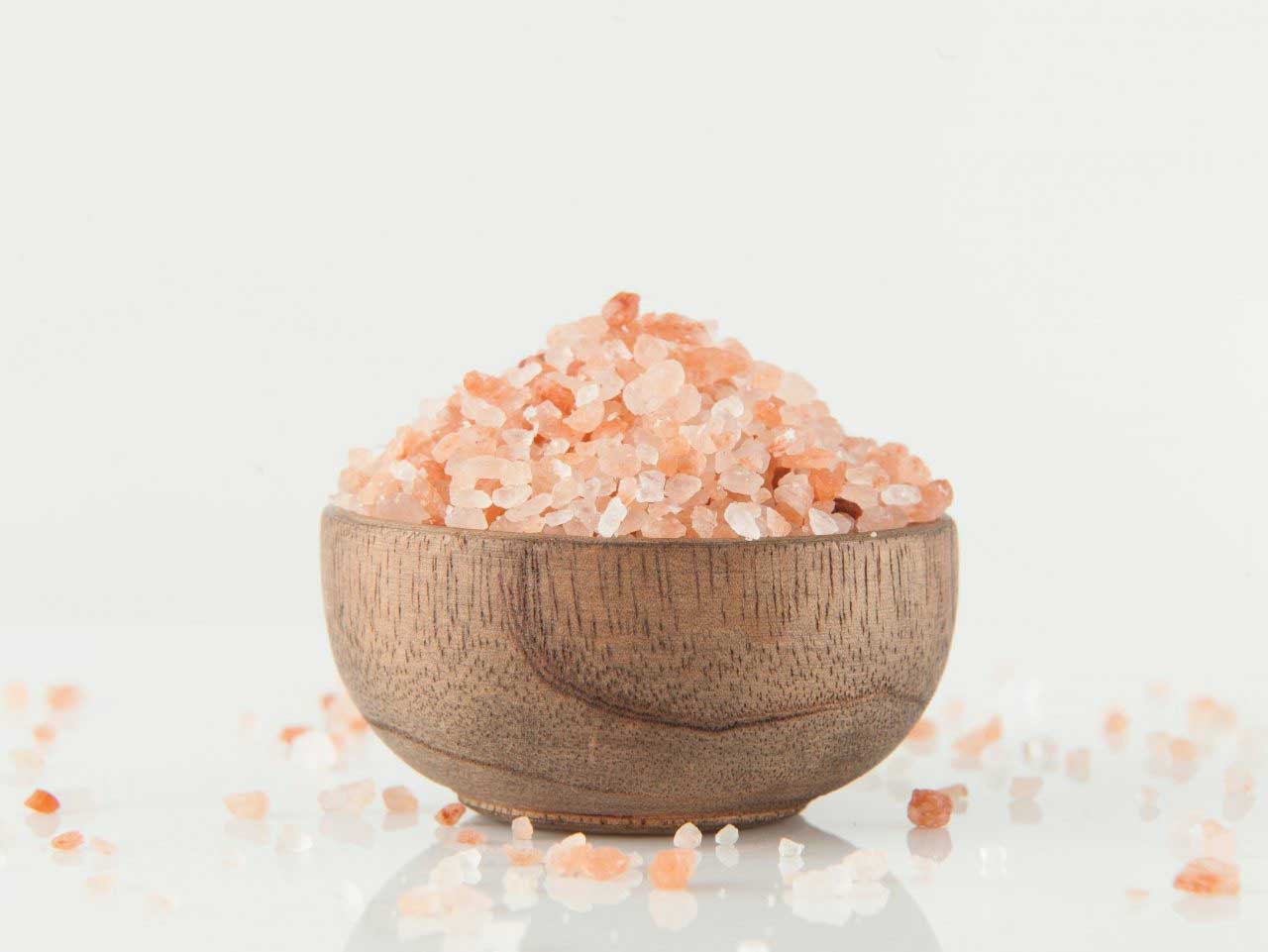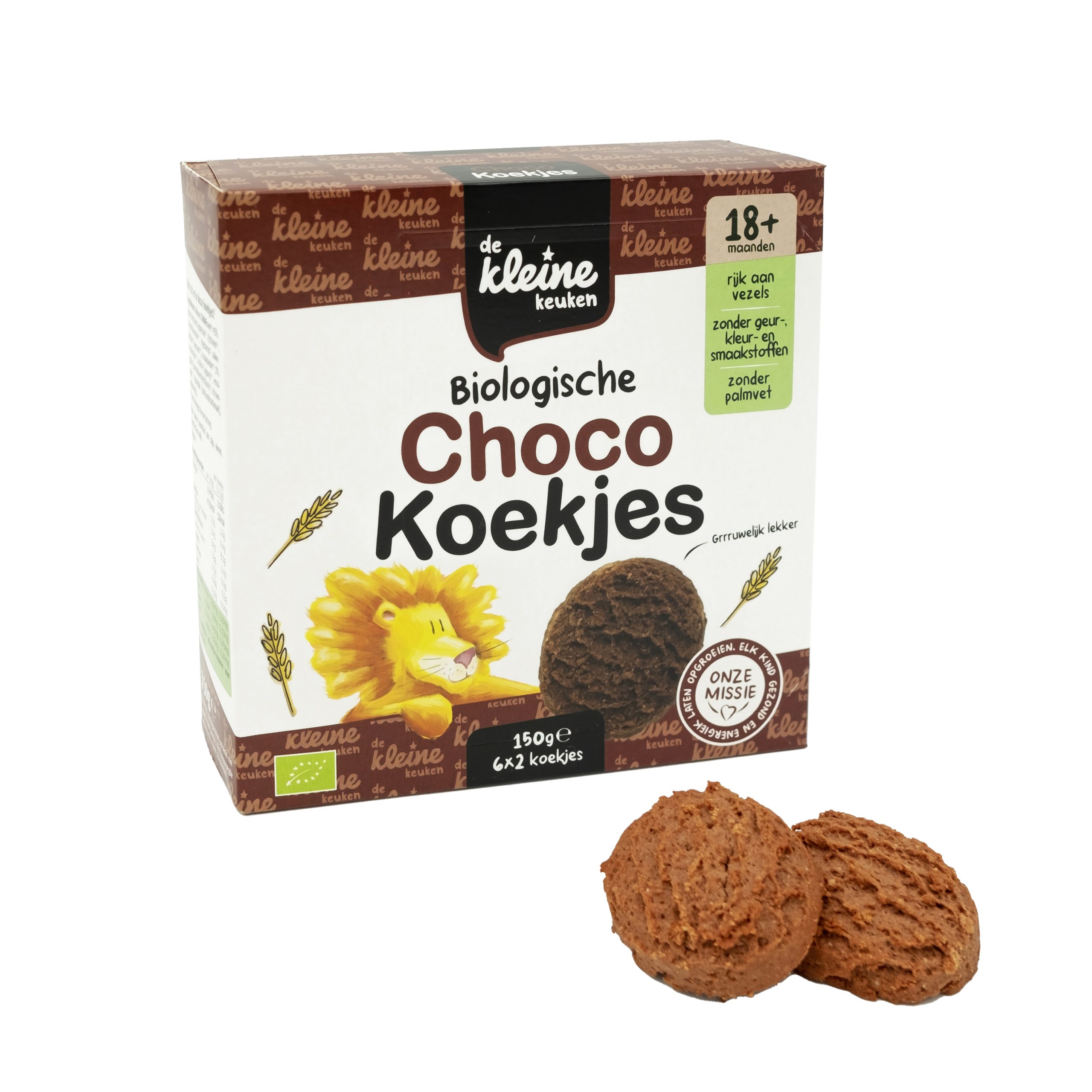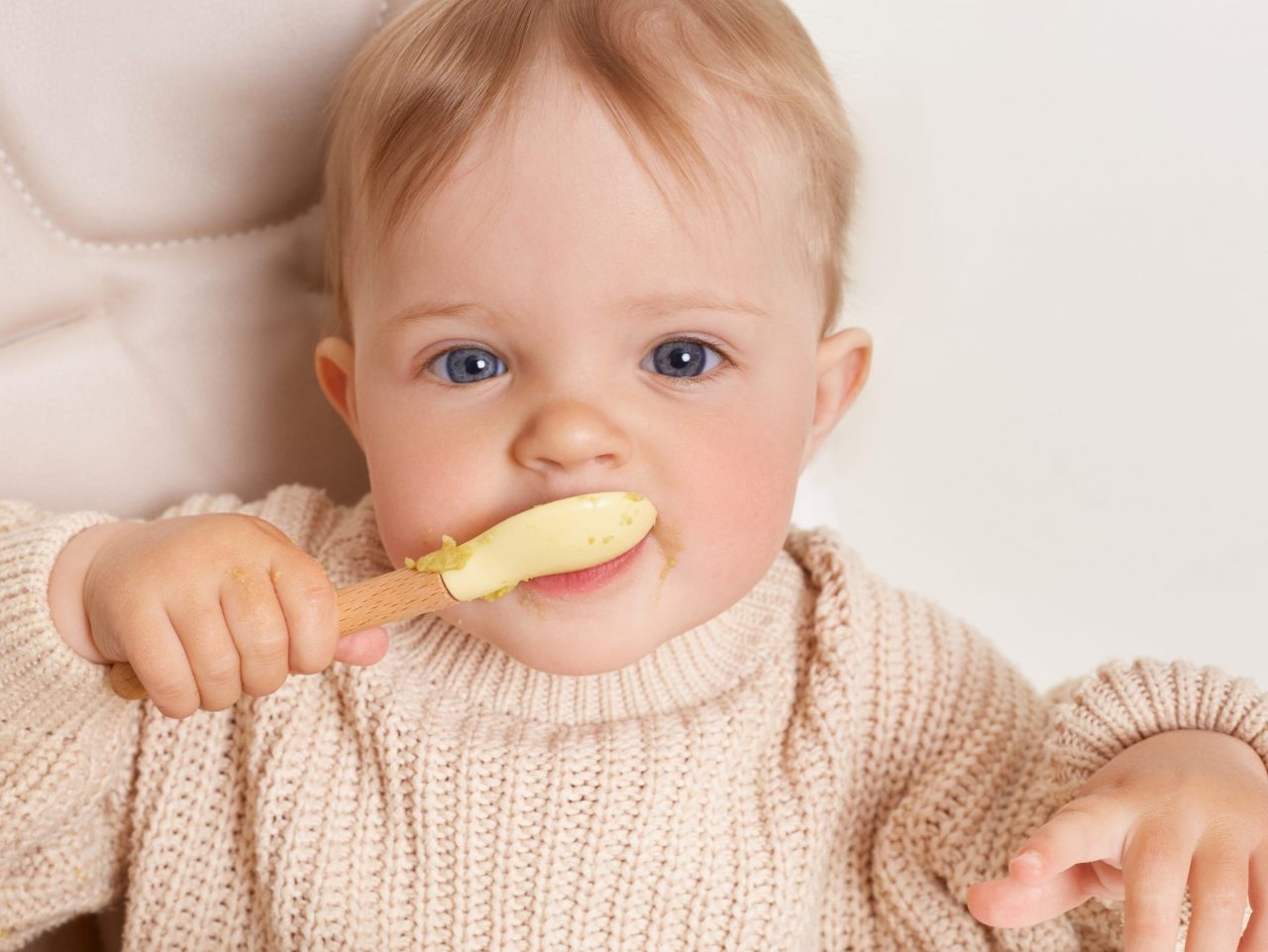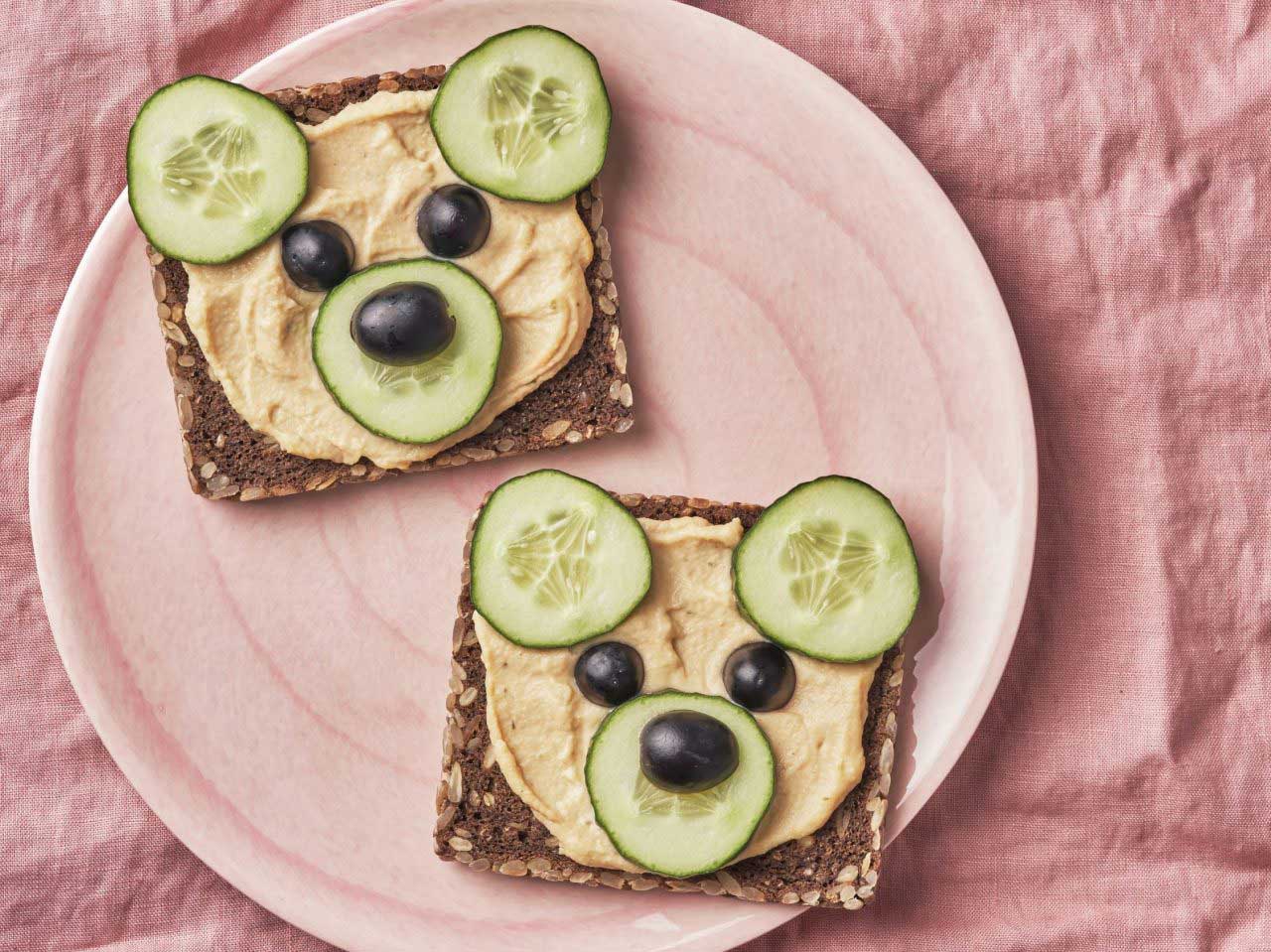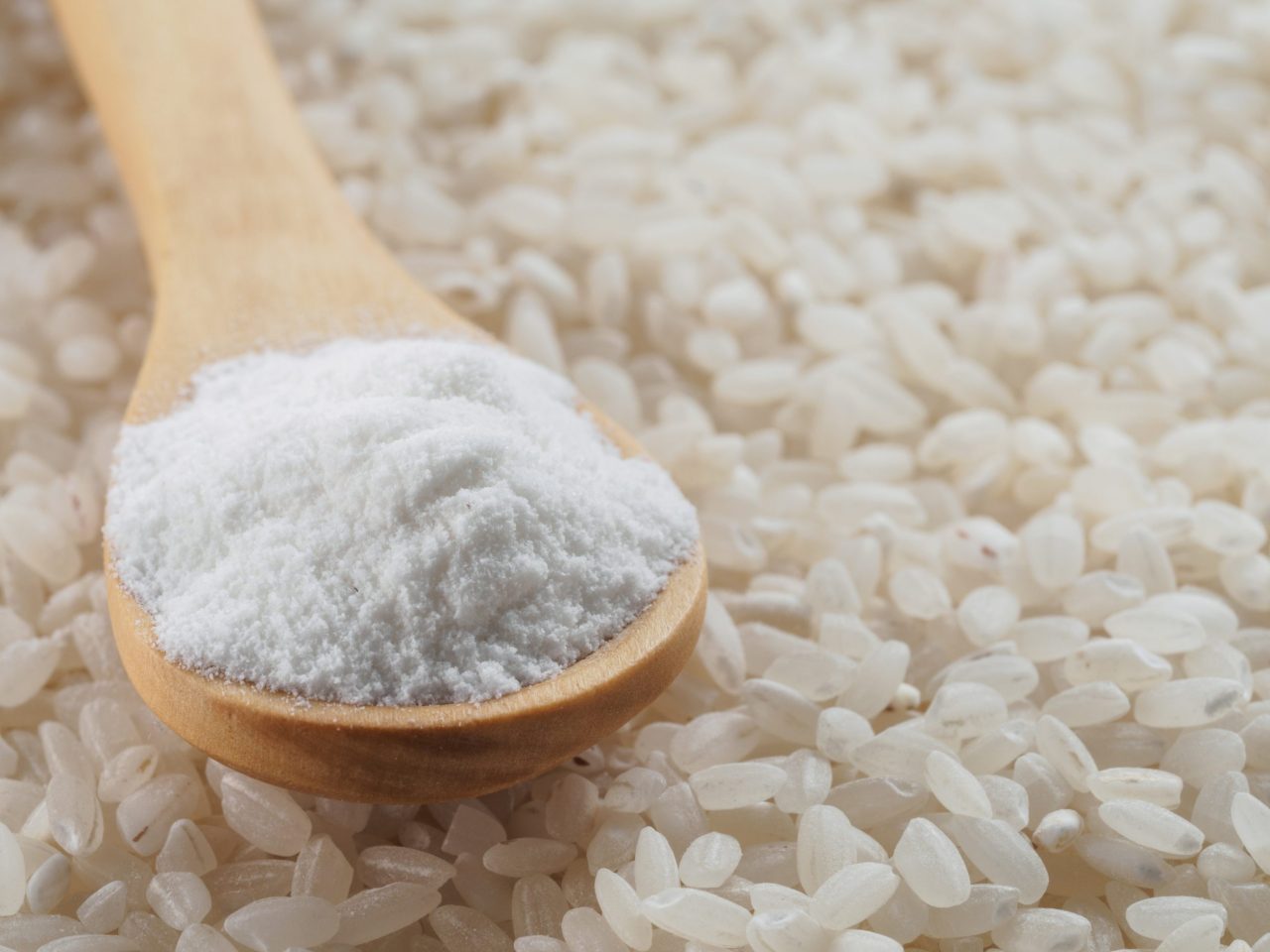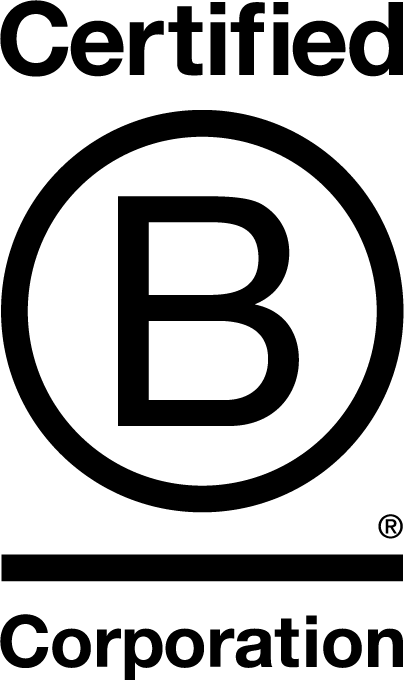In The Netherlands, more than 80% of people consume more salt than the recommended 6 grams of salt a day. So what’s in salt that makes it so bad for you? 10 grams of table salt is made up of two components: 4 grams sodium and 6 grams chloride. Together with potassium, they ensure your body’s hydration stays balanced. When you consume too much salt, your body will retain a lot of liquid. This means there will also be too much liquid in your blood, which raises your blood pressure. This will put you at risk of heart- and vascular issues.
It’s estimated that about 20% of the salt we consume is salt we’ve added to our food ourselves. And about 80% is salt added in factories to the products we buy, such as bread and ready-to-eat meals. Medicines can also contribute to sodium intake. When you consume too much sodium, your kidneys have to work very hard to ensure you get rid of the excess natrium in your urine. This can put too much strain on your kidneys, so it’s a really good idea to watch how much salt you consume.
What is the maximum amount of salt we should consume per day?
What is the maximum amount of salt we should consume per day? The World Health Organization (WHO) advises that the maximum salt intake should be no more than 5 grams. Children between 1 and 3 should not consume any more than 3 grams of salt per day.
“Children’s and babies’ kidneys are unable to process too much salt. If children consume too much salt, they could develop kidney problems later in life.”

Children’s and babies’ kidneys are unable to process too much salt. If children consume too much salt, they could develop kidney problems later in life. The recommendation is that you don’t add any salt to the meals for your baby or child. So it’s recommend that you ensure your children don’t grow accustomed to the taste of salt.
At the Little Kitchen, we never add salt to our meals, snacks, biscuits or spreads. So we are totally baby proof!



